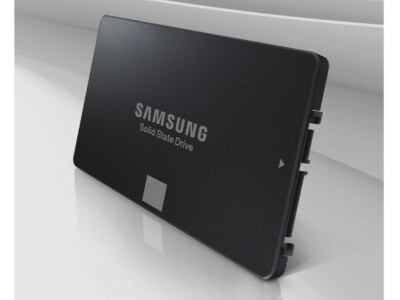To avoid data loss, you will find integrated backup tools in Windows 10 & 11. We’ll show you how to use it to back up entire hard drives or individual files.
Outsource backup to external hard drive
Alternative backup methods and backup freeware
Work faster: Speed up the Windows PC
You can create different types of backups using the backup functions of Windows 10 and Windows 11. You can roughly differentiate between backing up your entire hard drive, also known as differential data backup, and backing up individual or multiple files. The latter is known as “incremental backup”.
In the following three steps, you will learn how to create both differential and incremental data backups on Windows 10 and 11.
Backup: The ultimate backup guide
With a backup or a data backup you can protect your pictures, documents and other important files with a backup copy. Netzwelt reveals in the ultimate backup guide how to create a data backup for Windows, OS X, Android and iOS.
In addition, we explain how you can outsource the data to an external storage medium and how you export it to cloud storage. You should definitely choose one of the two options for outsourcing backups, as this will protect your data better.
You can use the steps shown above to automatically back up individual folders and files, such as pictures, videos and documents. But if you want to secure your entire system and create a Windows system image, you have to proceed as follows.
Outsource backup to external hard drive You can safely store your backup on an external hard drive and restore Windows in the event of a problem. (Source: Samsung)
Although the backup functions integrated in Windows 10 and 11 are relatively easy to use even for inexperienced users, you should pay attention to the choice of the storage location for your data backup.
Because by default, the Windows backup allows you to save your backup on the system drive. But that is extremely unfavorable: In the event of a hard disk failure, all stored data, including the backup copy, would be lost in one fell swoop.
Instead, you should get a correspondingly large external hard drive, which can now be had for little money. In our test, for example, we present the affordable Samsung 750 Evo SSD hard drive in more detail. For the subsequent outsourcing of your backup, you only have to select your external storage medium in the “Drive” tab when configuring the data backup.
Alternative backup methods and backup freeware
In addition to the standard Windows tools, you can also use various software solutions for your data backup. These are usually free of charge and often guide you through the data backup process in a particularly user-friendly manner.
In addition to Windows, macOS also has an integrated backup function. In our instructions, we show you how to create a backup with Time Machine.
Work faster: Speed up the Windows PC
If you decide to save backups on your PC – maybe even a second computer – this can affect the speed. The more storage space is used, the longer certain processes can take on your device.
Then you can tackle the acceleration of your PC as the next project. We collect practical tips and tricks for you on how to clean up, tune and speed up slow Windows computers.
Don’t miss anything with the NETWORK-Newsletter
Every Friday: The most informative and entertaining summary from the world of technology!
